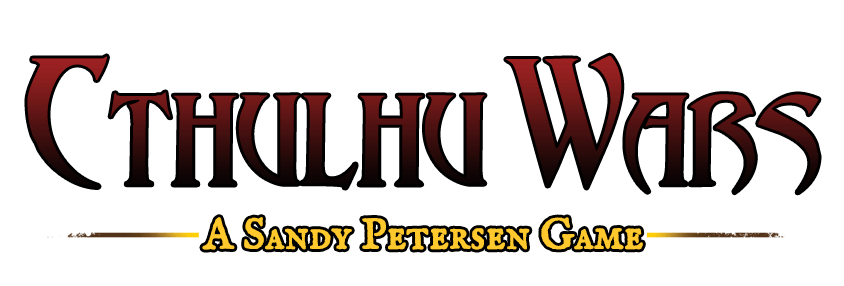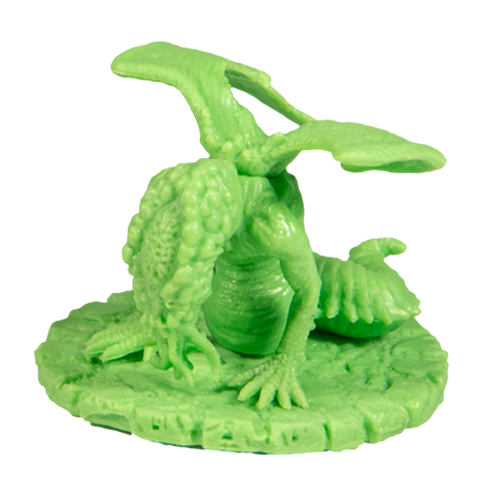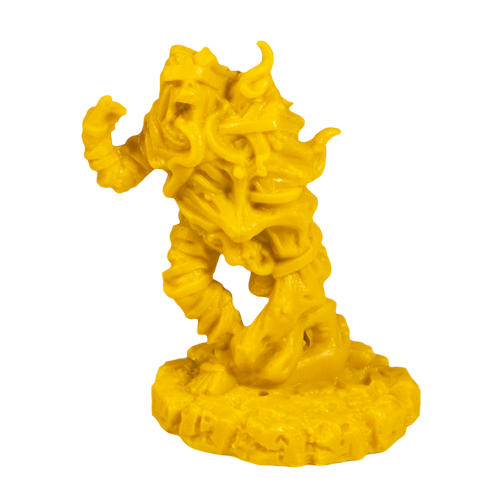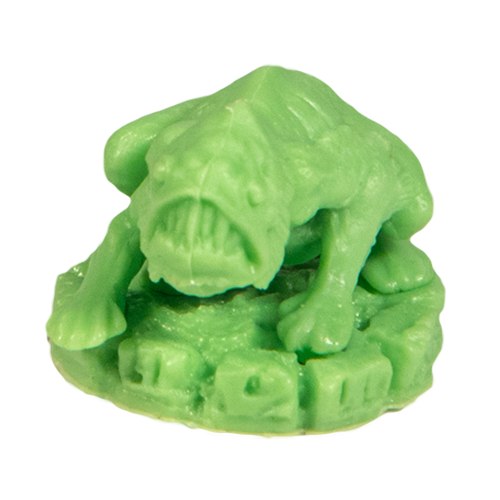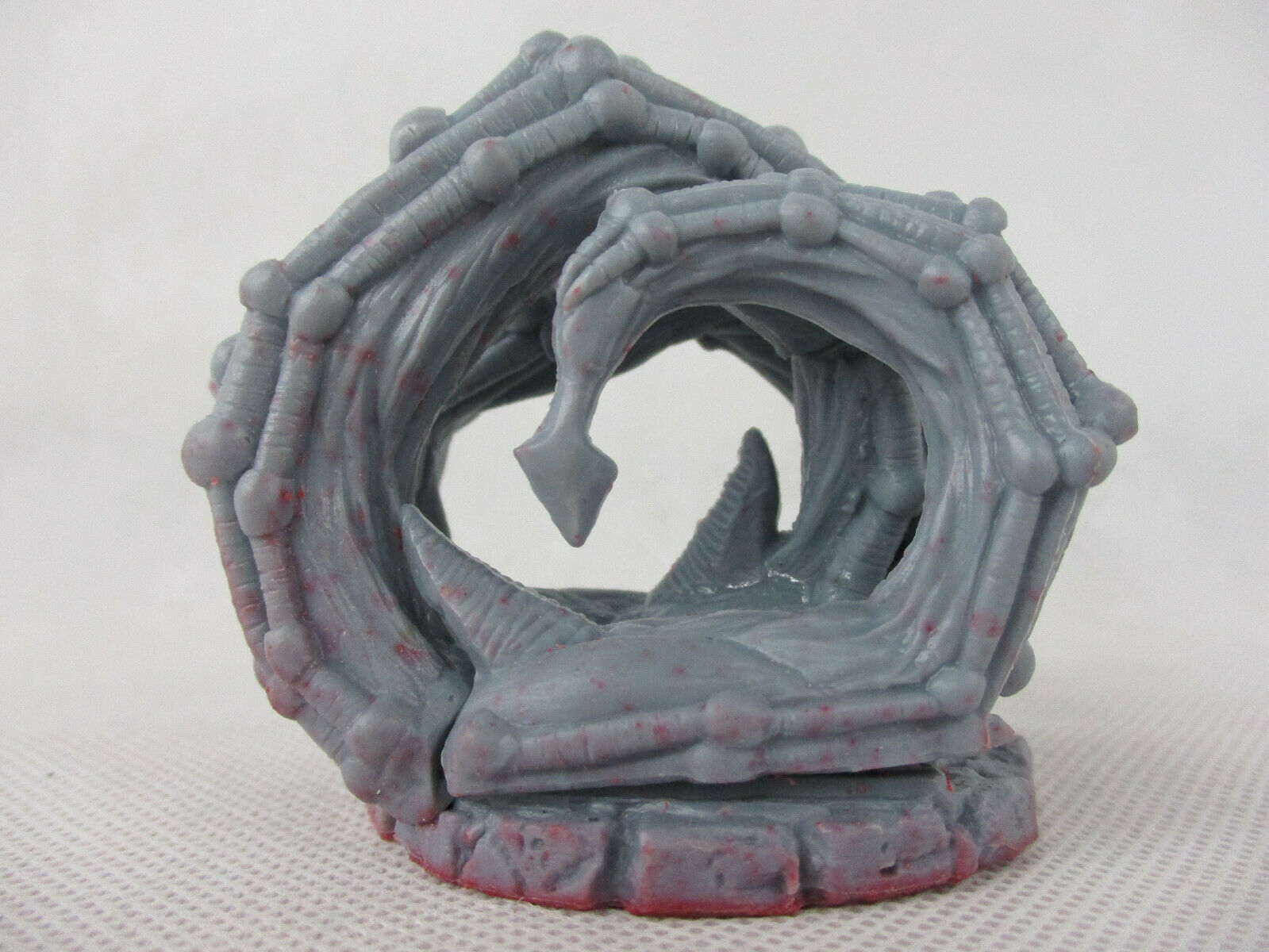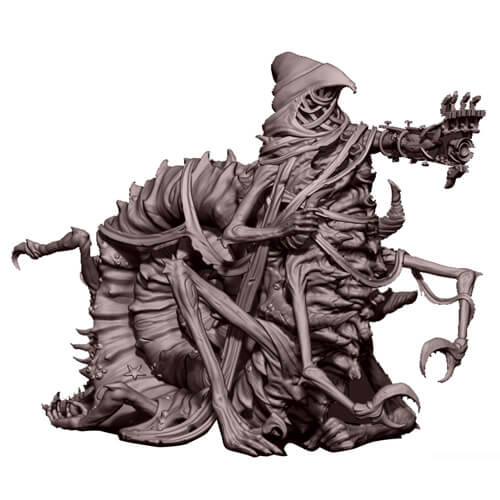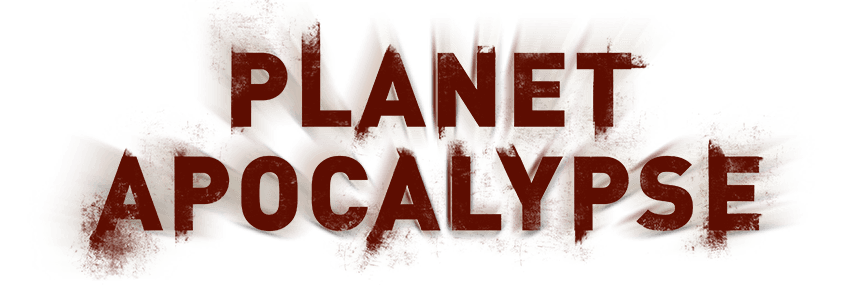
How To Use Ghoul Island (Vol 1) In Your 5e Fantasy Campaigns
Ghoul Island (Vol. 1) is my first campaign for the Cthulhu Mythos. It lets you introduce the Cthulhu Mythos to any 5e fantasy RPG campaign and setting. Before taking this step however, you will want to understand horror fiction and how to create a believable horror scenario.
H.P. Lovecraft, the master of horror fiction, had a favorite ghost-story author M. R. James. James wrote some rules about making horror effective, and his chief rule is “The Ghost Must Be Malign”. In other words, he didn’t write about friendly spooks that just wanted to show you where their lost treasure was buried.
Now, how does this apply to the Cthulhu Mythos? You’d think that the horrors of Lovecraft are pretty solidly malign in nature. Oddly enough, there exist folks who try to “whitewash” Mythos entities. For example, they may have a plot or a tale in which Yithians figure as good guys. Or in which the Mi-Go from Yuggoth just want to be left alone to mine their blue metal in peace. Or something similar.
But if you want to keep true to Lovecraft, remember that contact with these beings is always inimical to humankind. Sure, the Yithians might not be focused on killing a particular human, but they are remorseless and deadly. Remember the Yithian lifecycle is based upon the periodic extermination of sentient species. Though the Mi-Go do want their minerals, they are willing to wipe out millions of humans if needed to ensure access.
Always, to the powerful races of the Mythos, humans, dwarfs, elf, and similar riffraff are mere encumbrances or obstacles. If a Mythos race got established in a significant way on your fantasy world, one of the first items on their agenda would be to reduce humans to a stone-age state. Why tolerate competition? Of course, the Old Ones, Mi-Go, or whoever wouldn’t see this as “evil” any more than humans, dwarfs, or elfs would feel bad about extermination an infestation of ants.
But there’s more — having the elder races be indifferent to the player-races survival isn’t always interesting enough. You can punch it up. What if in your adventure, the Mi-Go, mining their blue metal, leave tailings of mutagenic ore, which is transforming local wildlife into dreadful monsters. The Mi-Go don’t care. But the elf-woods down the road are becoming a hellhole.
Or, what if a Yithian faction is scouting out the dragonborn species as a possible new host. Imagine a million dragonborn suddenly becoming super-intelligent Yithian hosts. How would this affect your campaign world? Even if the Yithian/dragonborns aren’t organizing an immediate attack on other races, they are a dire threat.
Other such malign plans are easy and fun to come up with.
In Ghoul Island, a band of ghouls has been more or less cooperating with the humans on the island for centuries. Ghouls usually operate as a parasitic/symbiotic race with humanity after all — they eat our dead. On the island of Farzeen, things haven’t entirely changed. The ghouls are still cooperating with humans, but now they are allied to a secret cult plotting horrors which menace the entire island’s civilization. Plus, the Deep Ones are somehow involved, and they are always enemies to humanity. The plot is intricate, and the ghouls, Deep Ones, and human destinies are interwoven in an exciting and we hope fascinating reveal for you and your players.
About Sandy Petersen
Sandy got his start in the game industry at Chaosium in 1980, working on tabletop roleplaying games. His best-known work from that time is the cult game Call of Cthulhu, which has been translated into many languages and is still played worldwide.
He also worked on many other published projects, such as RuneQuest, Stormbringer, Elfquest and even the Ghostbusters RPG, and was instrumental in the creation of dozens of scenario packs and expansions. He also acted as developer on the original Arkham Horror board game.
In 2013 he founded Petersen Games which has released a series of highly successful board game projects, including Glorantha: The Gods War, Evil High Priest, and the much-admired Cthulhu Wars. His games have sold tens of millions of copies worldwide, and he has received dozens of awards from the game industry.

